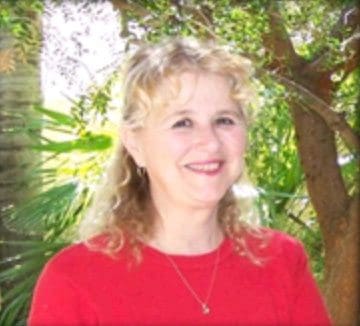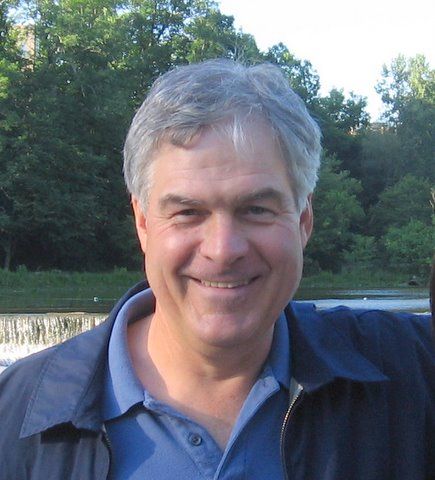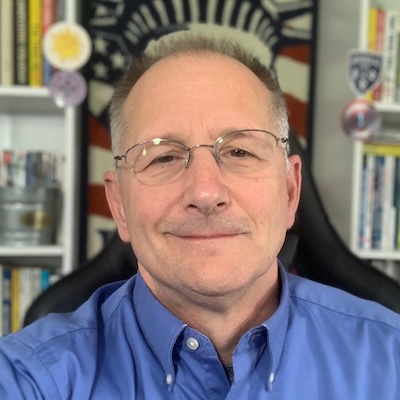Piece-ful Sleep
![]()
![]()
Family lore claimed that my granddaddy worked on farmland somewhere in the triangle of Eagle Mills, Pittstown and Grafton NY. As the story goes, he woke up in the middle of the night, worked in the shed or barn a few hours and returned to Sleep before his “first breakfast.”
They had a first, light meal, and a more substantial one at a time I wouldn’t yet consider early brunch. I never visited this farm outside of Troy, NY, but the sleeping part of the story is not that unusual and probably a part of many family retellings.
In current-time era, my friend Alison has exhibited an energy-zapping insomnia for a long while. Once sharing a room with her during a trip to Wyoming, I slept soundly all night long (trust I didn’t snore), while she read half the night. She hoped she didn’t disturb me as she often does her husband. Clearly, it was she that suffered.
I still receive emails from her with a time-stamp of 4:30 am, or other “ungodly” hours. Recently, she sent me an article about purposeful disruptions of sleep, something I have written about previously. This idea might be useful to any of us.
What’s “Natural” sleep?
No doubt, garden-variety insomniacs must roll their eyes in frustration when friends, doctors or writers tell them how their “sleep hygiene” is the problem. Do we think they haven’t heard it all a hundred times before? They must search out more reading on the subject than most of us – especially at 3:00 am.
One thing these insomniacs can probably agree upon is that we aren’t all the same, and we non-insomniacs ourselves can go through stages or changes through the years. Dorothy Bruck (Australia Sleep Health Foundation) may combine our differences best when she touts “your body really does like routine. Find what works for you, and keep that routine going.”
Nevertheless, the question remains, what’s “natural” sleep? 8 hours all night long? Early to bed, early to rise? Like my grandpa, sleeping and working in segments? Natural may be debatable.
Cutting to the chase, there is no universal norm or “natural” to human sleep patterns. We can’t use ancestral, agrarian, pre-industrial/industrial or the computer age history as a self-help guide. Slumber behaviors appear more adaptive than actually ingrained within us genetically – sometimes it’s cultural or essential adaption. Ask any shift worker.
Sleeping in Pieces
Alison asserted that “wolves sleep in segments, why not us?” Indeed. The National Sleep Foundation explains that the arrangement of being awake all day and sleeping in one block (monophasic) overnight is not the natural sleeping pattern of most mammals. It may not be ours either.
Whether mammal or human, our slumber behaviors have never been universal. Biphasic or polyphasic sleep (two or more sleeping chunks of time) including naps may be more accommodating to our bodies. Unfortunately, not always so accommodating to our bosses, society or cultural schedules (that of work or even friends).
Traditional professionals continue to promote only improved sleep habits (and monophasic sleep) and even warn against naps. Yet, the sleep-deprived epidemic of this country continues to grow. We can’t blame it all on Thomas Edison’s lights and attack on dark skies.
As Australian, Bruck, pointed out the challenge is to adapt our sleep to our own needs. If you must sleep between odd shift work, or you sleep from 8:00-midnight and 3:30-7:30 (like my grandpa) or from 10-2 and 4-8, what matters is that it’s uplifting and energizing to you.
What’s the Best Choice?
There is some evidence (2021 meta study) that biphasic sleep may not offer the same level of rejuvenation as a one-phase, monophasic, full night’s sleep. The study reports that disruptive phases may demonstrate “lower sleep quality.” When sleeping in pieces, the snoozer may spend “more time in lighter stages of sleep.”
It’s possible that segmented sleep comes from a time when ancestors slept with ‘one eye open’ to watch out for dangers. Still, both types of slumber have been noted in history and have served many ancient populations.
We come back to Bruck’s idea that the wisest choice is what is best for you.
History of Sleep Hours
The studies of “first” and “second sleep” vary greatly and are often citied historically. Terms for first sleep are known in French (premier sommeil), Italian (primo sonno), as well as documented in Latin, and noted from the Middle East, South Asia, Latin America and Africa. It was not unusual. Second sleep is also an old designation and found in records kept of common life.
The French time called “dorveille” or wake-sleep is often romanticized for its extra ‘found’ hours in the day for personal contemplation. How nice. Nice, unless of course you were a ‘house-wife’ where contemplation didn’t enter into the extra hours of chores.
With the introduction of the industrial revolution, and the accompanying introduction of more artificial light, tick-tock of the clocks, caffeinated beverages and factory work schedules, sleep was adapted to different patterns. Monophasic sleep, or the attempt at one big chunk of somnolent bedtime and dreams, began to make more sense.
“Every time we turn on a light,
we are inadvertently taking a drug
that affects how we will sleep”— Charles Czeisler
(Harvard Sleep Scientist)
“Father” of Biphasic Sleep not a Super-Supporter
Aside from family stories like mine, not a great deal was written about “dorveille” until the 1980s. That’s when historian, Roger Ekirch contemporized the arguments of segmented sleep.
Ekirch popularized the “biphasic” term for 2-stage sleep and documented much of it’s ancient use. Those who glorify “old ways” like “cave-man diets” or how we get daily movement, started putting sleep in this category. They latched onto the idea that everything we have developed (or adapted to) in the modern era, after the industrial revolution, is “unnatural.” The bottom-line assumption being that biphasic sleep must be better.
I will break in here to remind us that it MAY be better for some of us. Not necessarily all.
Ekirch’s opinion seems more nuanced than the retrophiliacs above. He explains how sleep in ancient times, or middle ages, was wrought with problems – crime, wild animals, leaky roofs, extreme and unregulated hot or cold temperatures, houses vulnerable to fire and collapse. He also calls out the “trifecta of early modern entomology: fleas, lice and bed bugs.” Kind of like “lions and tigers and bears” (oh my) but smaller, more prolific, predators.
How about Modern Hours of Bedtime?
Comparatively to olden epochs, our sleeping hours are better in almost every way, especially in wealthier countries. When addressing need for sleep, both for our physical and mental processes, Ekrich stated “there is very good reason to believe that uninterrupted sleep at night best achieves that outcome.”
Still, he acknowledged that the history of biphasic sleep patterns has “helped to alleviate Anxiety, permitting some individuals to fall back to sleep more readily.” Even for modern folk, just knowing they aren’t alone can be a relief.
It comes full circle; we may do best to adapt to our own needs. Perhaps you get more revitalizing sleep when snoozing through the night (monophasic). However, if it doesn’t work for you, switch to a different routine, maybe try naps first.
Like most things in life, moderation is a handy rule. Temperance applies to over-napping as well. Additionally, there are techniques to achieve the most from any daytime slumbering. Keep in mind that individualized preferences develop into those preferences for a reason – namely, we don’t all react the same.
FINAL THOUGHT
Some approaches work better than others and you may need to consider sleeping in pieces or a great siesta if you are bothered by ‘worrisome’ nighttime sleep patterns. When allowing your life to take the bimodal path, you might respond to beneficial ancestral echoes.
One other tip is to keep different stacks of books handy, one for waking hours and the other for the wake-sleep hours. If you are like me, you will find plenty that challenge your ability to keep your eyes open. Perchance just what you are looking for.
—
Reference:
–Derek Thompson, Can Medieval Sleeping Habits Fix America’s Insomnia? (The history of “first sleep” and “second sleep” holds surprising lessons about preindustrial life, 21st-century anxiety, and the problem with digging for utopia in the past.) The Atlantic, January 27, 2022
–Melissa Kirsh, Purposeful Disruptions. New York Times, morning edition (Feb 12, 2022)
–National Sleep Foundation – National Sleep Foundation (thensf.org)
—Need Sleep or Stress Aid? Herbal Options Worth Considering. — Aging with Pizzazz
–Sleep Foundation – Sleep Foundation | Trusted Sleep Health Information and Product Reviews
—
Picture Credit:
Best Pillow for Elderly by Carltonmartinez marked CC BY 2.0
The post Piece-ful Sleep appeared first on Aging with Pizzazz.
























